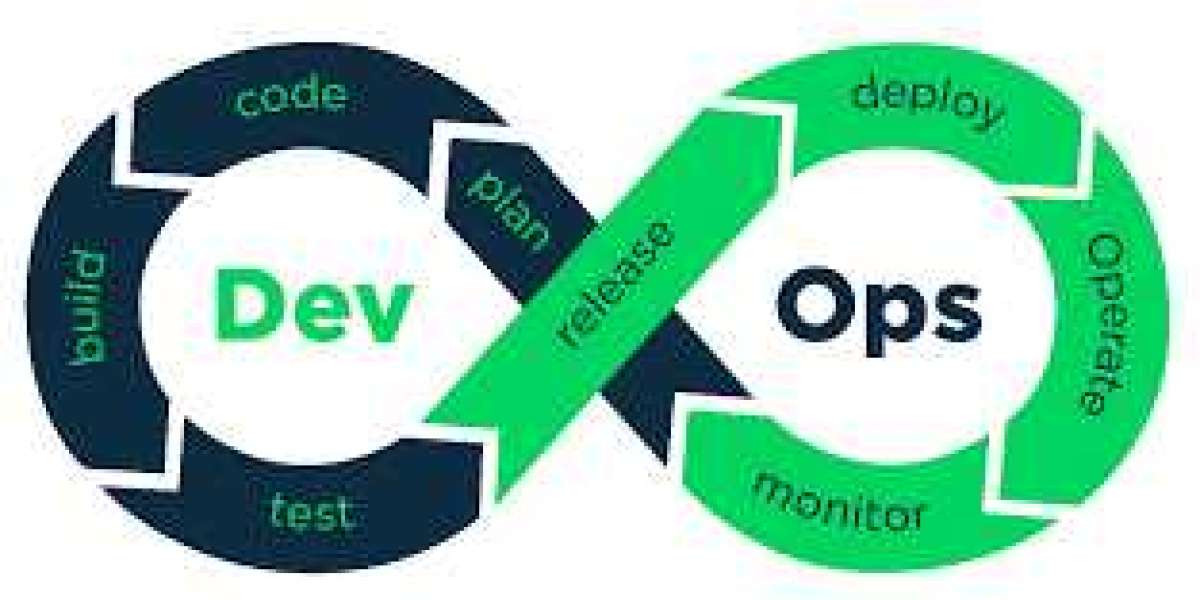Introduction
DevOps is a software development approach that has gained widespread popularity in recent years due to its ability to improve collaboration, automation, and overall efficiency in software development and IT operations. At its core, DevOps revolves around four key areas, often referred to as the "Four Pillars of DevOps" or simply the "Four Areas of DevOps." In this article, we'll delve into these four areas and explore why they are fundamental to the success of DevOps initiatives.
- Culture:
DevOps begins with a cultural shift. It emphasizes breaking down the traditional silos that exist between development and operations teams. In a DevOps culture, collaboration, communication, and shared responsibility are encouraged. Developers and operations professionals work together closely throughout the software development lifecycle, fostering a sense of trust and mutual support. This cultural shift is essential because it sets the tone for the entire DevOps journey. Without a cultural transformation, it's challenging to implement the necessary practices and tools effectively.
- Automation:
Automation is a cornerstone of DevOps. It involves automating repetitive and manual tasks that were traditionally time-consuming and error-prone. Automation tools are employed to streamline various aspects of the software development process, such as code building, testing, and deployment. By automating these tasks, development and operations teams can reduce human errors, increase efficiency, and accelerate the delivery of software. Automation is not limited to one area but spans the entire software delivery pipeline.
- Measurement and Metrics:
To effectively improve and optimize any process, you need data. DevOps encourages the collection and analysis of data and metrics throughout the software development lifecycle. Teams measure key performance indicators (KPIs) and other relevant metrics to gain insights into their processes. These metrics can include cycle time, deployment frequency, error rates, and more. By monitoring and analyzing these metrics, teams can identify bottlenecks, track progress, and make data-driven decisions to continually improve their processes.
- Sharing and Collaboration:
Effective communication and collaboration are paramount in DevOps. Teams should share knowledge, best practices, and feedback to ensure that everyone is aligned on goals and priorities. Collaboration tools and practices, such as version control systems, issue tracking systems, and chat platforms, facilitate communication and coordination among team members. Sharing and collaboration also extend beyond the development and operations teams to include other stakeholders, such as quality assurance, security, and business teams. To enhance DevOps knowledge it is recomended to take DevOps Course.
Conclusion
DevOps is a holistic approach to software development and IT operations that revolves around these four key areas: culture, automation, measurement and metrics, and sharing and collaboration. While each area has its unique significance, they are interconnected and interdependent. A DevOps transformation is not just about adopting new tools; it requires a cultural shift, a commitment to automation, a focus on measurement, and effective sharing and collaboration.
Organizations that successfully embrace DevOps principles and practices often experience faster delivery of software, improved quality, and enhanced collaboration among teams. By understanding and prioritizing these four areas, businesses can harness the power of DevOps to stay competitive in today's fast-paced digital landscape.








